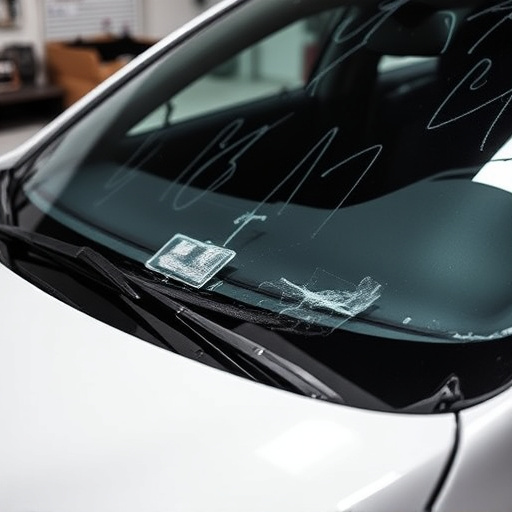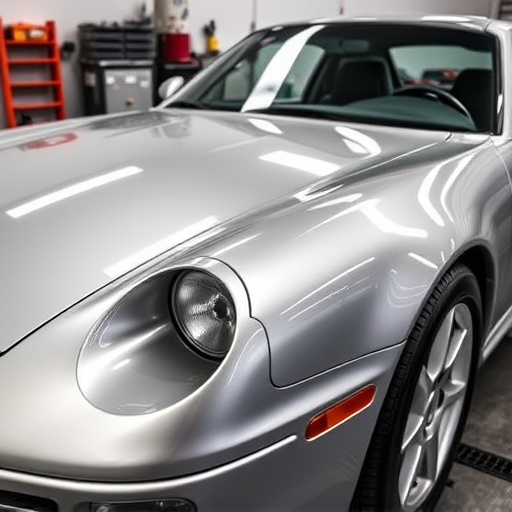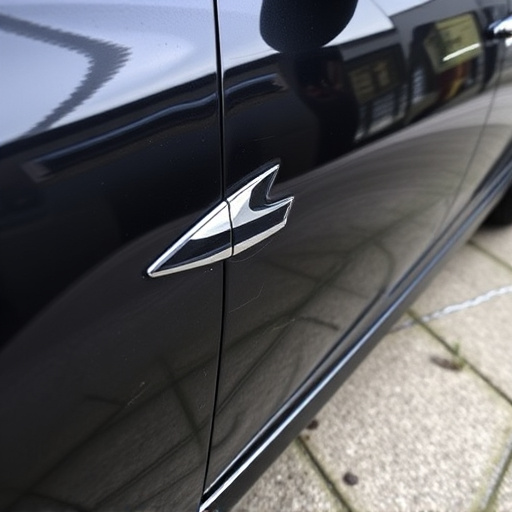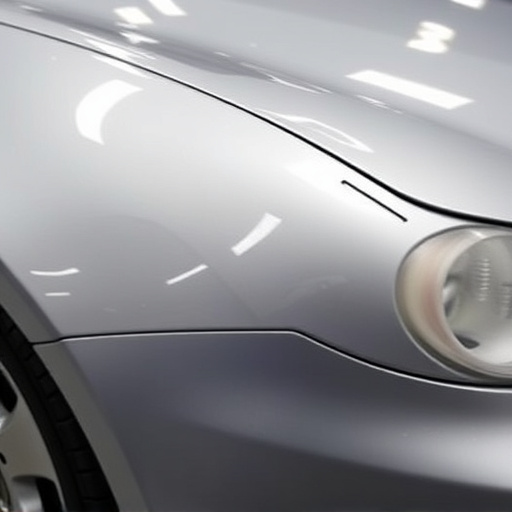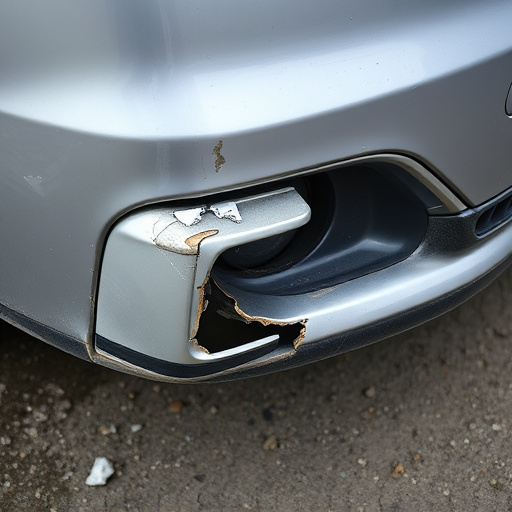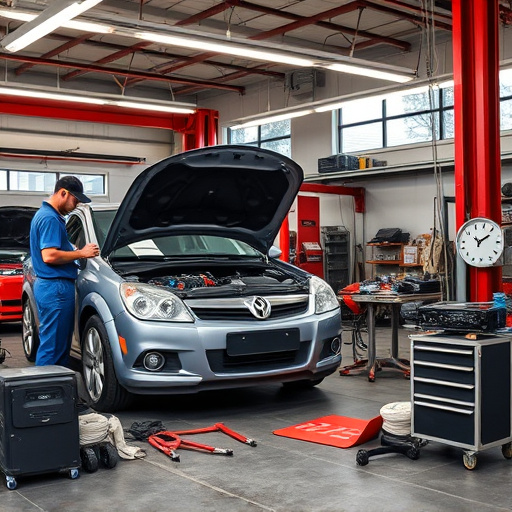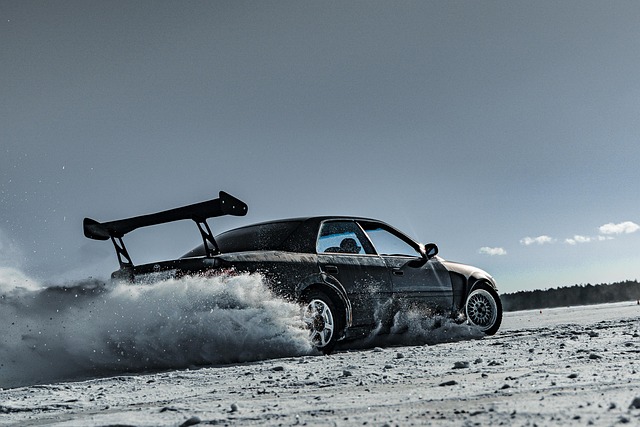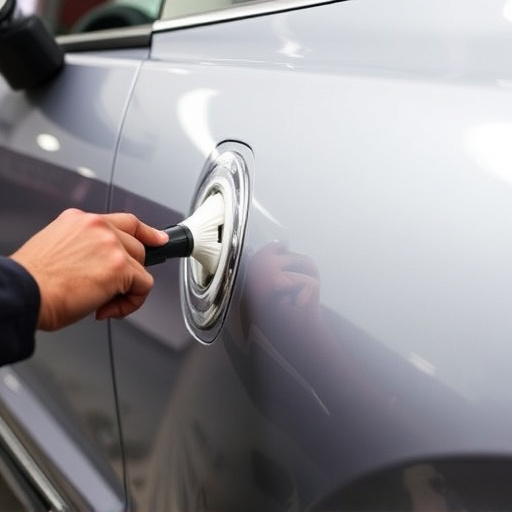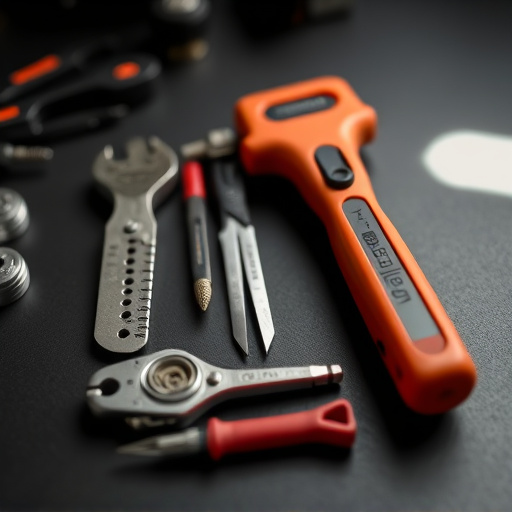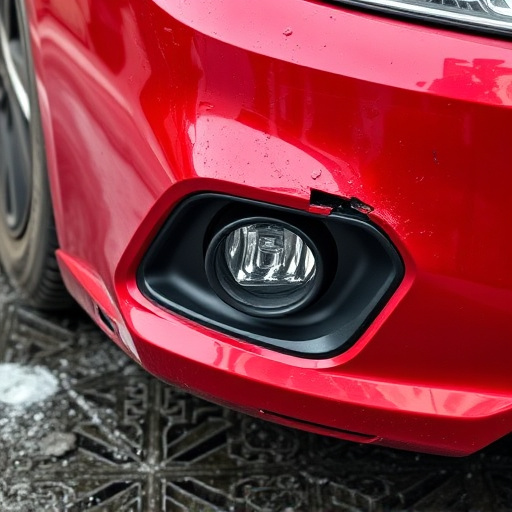Winter conditions pose significant threats to vehicle integrity, requiring seasonal collision repair as critical maintenance. Proactive measures like inspections prevent costly repairs. Pre-seasonal maintenance checks tread depth, brakes, battery health, and fills fuel tanks. After a collision, prompt action with expert assessment and fix enhances safety. Seasonal collision repair addresses underbody components affected by weather. Implementing these strategies improves driving safety year-round.
As winter approaches, understanding the unique challenges it presents for your vehicle is crucial. This article offers essential tips for navigating seasonal collision repairs, focusing on snow, ice, and rain-related damage. We’ll guide you through pre-seasonal maintenance checks to mitigate risks and provide post-collision strategies ensuring safe winter driving. By implementing these practices, you can minimize the impact of harsh weather conditions, enhancing your peace of mind on the road.
- Understanding Winter's Impact on Vehicles
- Essential Pre-Seasonal Maintenance Checks
- Post-Collision Repair Strategies for Safe Driving
Understanding Winter's Impact on Vehicles
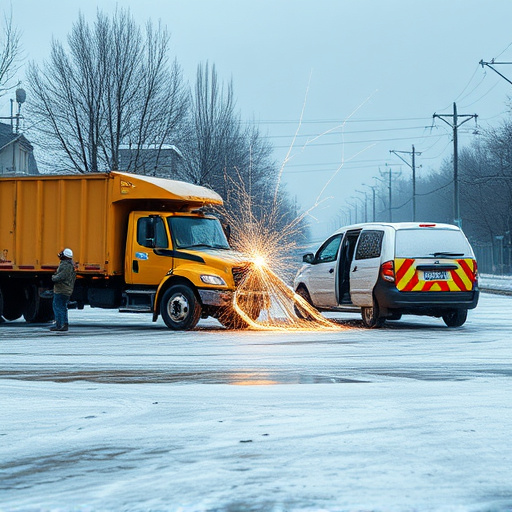
Winter’s harsh conditions take a toll on vehicles, making seasonal collision repair an essential aspect of automotive maintenance. Snow, ice, and rain can cause various damage, from minor dents to more severe structural issues. As temperatures drop, cold weather can weaken metal, making it more susceptible to damage during collisions. Additionally, the accumulation of snow and ice on cars increases the risk of accidents due to reduced visibility and slippery road conditions.
Understanding these seasonal challenges is crucial for car owners. Regular inspections and prompt attention to any signs of damage can help prevent costly repairs. For classic car enthusiasts or those with valuable vehicles, considering specialized services like car dent repair or even classic car restoration can ensure that their rides remain in pristine condition year-round, protecting against the elements and potential collisions.
Essential Pre-Seasonal Maintenance Checks
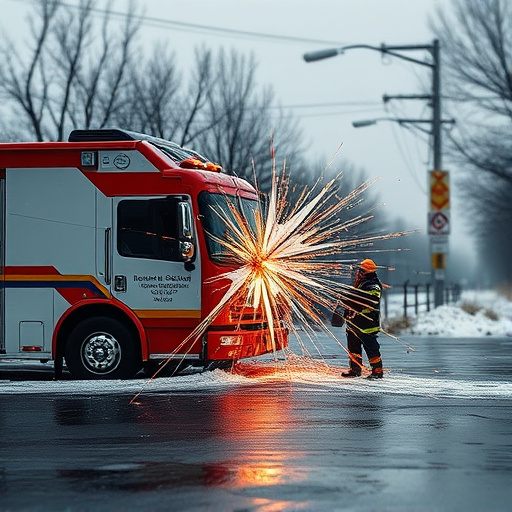
Before the winter season sets in, performing essential pre-seasonal maintenance checks on your vehicle is crucial for preventing damage from snow, ice, and rain. One of the first steps involves inspecting your tires to ensure they have adequate tread depth and are properly inflated. Snow and ice can cause rapid tire wear, so ensuring your tires are in good condition will enhance traction and control during adverse weather conditions. Additionally, checking your brakes is vital; winter conditions demand precise braking performance, and well-maintained brakes can prevent costly collision repair later.
Regular auto maintenance includes examining the battery for any signs of corrosion or damage, as a weak battery can leave you stranded in cold weather. The cooling system should also be evaluated to ensure it’s capable of withstanding low-temperature challenges without overheating. Lastly, consider servicing your windshield wipers and filling up your fuel tank to avoid unexpected breakdowns, which might lead to collisions at auto body shops or collision repair shops due to adverse weather conditions.
Post-Collision Repair Strategies for Safe Driving
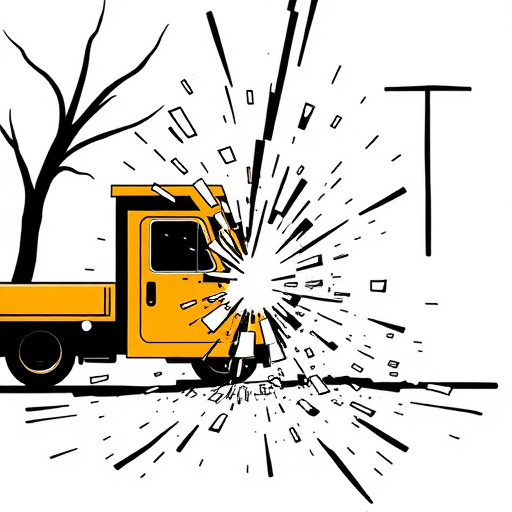
After a seasonal collision, when your vehicle has been damaged by snow, ice, or rain, it’s crucial to address the repairs promptly for safe driving. Begin by taking your vehicle to a reputable auto repair near me or vehicle body shop. Skilled technicians will assess and fix any structural damage, ensuring your car is safe on the road. They can also provide expert advice on preventing future seasonal-related issues.
Remember that proper vehicle repair services go beyond fixing visible damages. It involves addressing underbody components affected by ice, snow, or rain to prevent reoccurrence. By implementing these post-collision repair strategies, you’ll be better equipped to navigate challenging weather conditions, enhancing your driving experience and safety throughout the seasons.
As we embrace the changing seasons, it’s crucial to prepare our vehicles for the unique challenges of winter. By conducting pre-seasonal maintenance checks and adopting effective post-collision repair strategies, we can ensure safer driving conditions during snowy, icy, and rainy weather. These proactive steps are key to minimizing damage from seasonal hazards, ultimately contributing to a smoother and more secure journey through every climate. Remember, staying ahead of potential issues through seasonal collision repair tips is a vital step in maintaining your vehicle’s integrity and your peace of mind.

